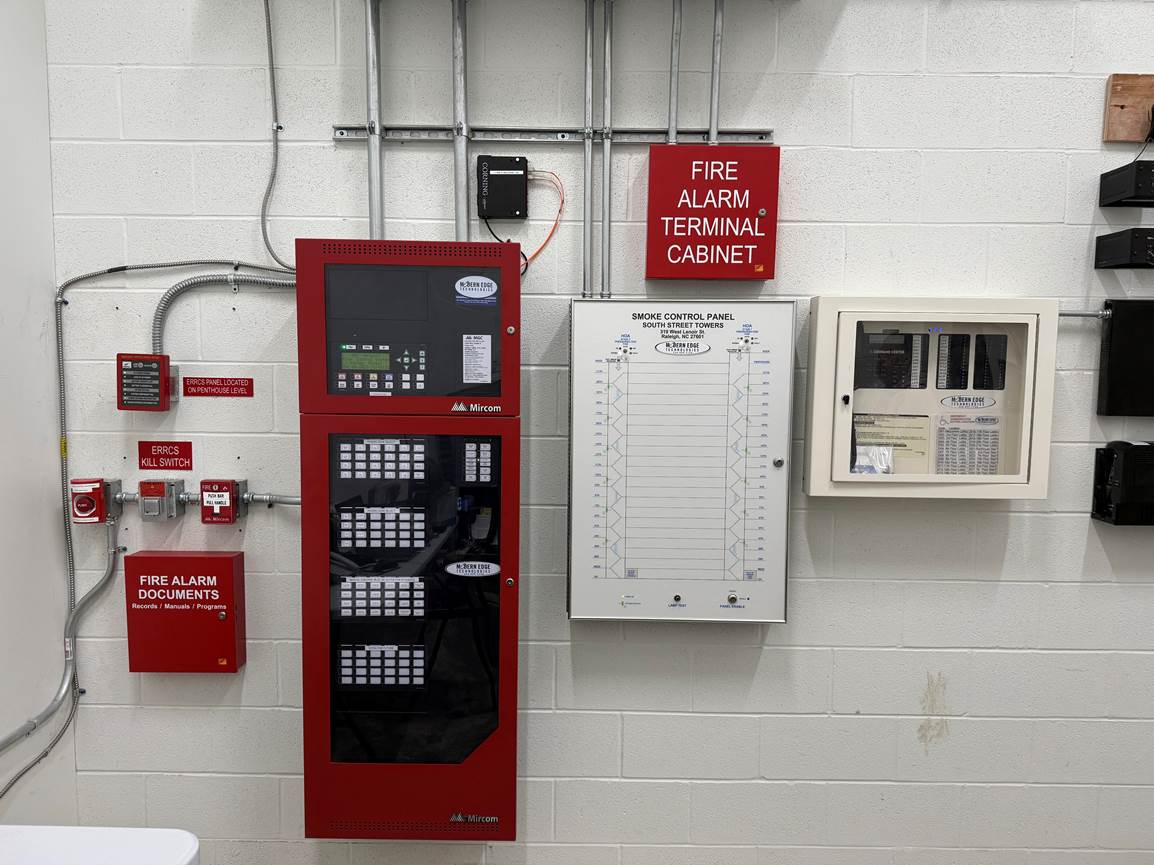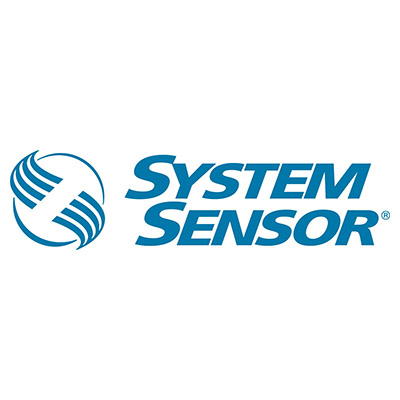Modern Edge Technologies provides fully compliant, professionally installed fire alarm and voice evacuation systems for commercial, residential, and institutional facilities. Our solutions are engineered to meet local and national code requirements while ensuring fast, reliable detection and occupant notification. We offer new system design, retrofits, and full-service maintenance — all backed by experienced technicians and trusted hardware partners.
We proudly work with top manufacturers including Fire-Lite, Napco, System Sensor, and Rath to deliver dependable, code-compliant fire protection systems.








